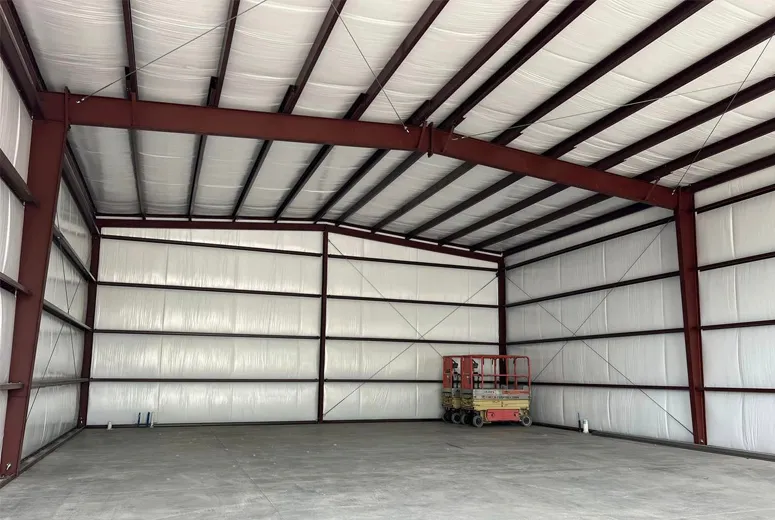- Afrikaans
- Albanian
- Amharic
- Arabic
- Armenian
- Azerbaijani
- Basque
- Belarusian
- Bengali
- Bosnian
- Bulgarian
- Catalan
- Cebuano
- Corsican
- Croatian
- Czech
- Danish
- Dutch
- English
- Esperanto
- Estonian
- Finnish
- French
- Frisian
- Galician
- Georgian
- German
- Greek
- Gujarati
- Haitian Creole
- hausa
- hawaiian
- Hebrew
- Hindi
- Miao
- Hungarian
- Icelandic
- igbo
- Indonesian
- irish
- Italian
- Japanese
- Javanese
- Kannada
- kazakh
- Khmer
- Rwandese
- Korean
- Kurdish
- Kyrgyz
- Lao
- Latin
- Latvian
- Lithuanian
- Luxembourgish
- Macedonian
- Malgashi
- Malay
- Malayalam
- Maltese
- Maori
- Marathi
- Mongolian
- Myanmar
- Nepali
- Norwegian
- Norwegian
- Occitan
- Pashto
- Persian
- Polish
- Portuguese
- Punjabi
- Romanian
- Russian
- Samoan
- Scottish Gaelic
- Serbian
- Sesotho
- Shona
- Sindhi
- Sinhala
- Slovak
- Slovenian
- Somali
- Spanish
- Sundanese
- Swahili
- Swedish
- Tagalog
- Tajik
- Tamil
- Tatar
- Telugu
- Thai
- Turkish
- Turkmen
- Ukrainian
- Urdu
- Uighur
- Uzbek
- Vietnamese
- Welsh
- Bantu
- Yiddish
- Yoruba
- Zulu
Sep . 29, 2024 04:47 Back to list
The Role of Steel in Agricultural Buildings A Sustainable Solution for Modern Farming
As agriculture evolves to meet the demands of a growing population, so too do the structures that support it. Among the latest advancements in building materials, steel has emerged as a leading choice for agricultural buildings due to its strength, durability, and sustainability. This article explores the significance of steel agricultural buildings and their advantages over traditional structures.
1. Strength and Durability
One of the primary reasons steel is favored for agricultural buildings is its incredible strength. Steel structures can withstand extreme weather conditions, including heavy rainfall, snow loads, and high winds. This resilience translates into lower maintenance costs and fewer repairs over their lifespan. Unlike wood, which can rot or be susceptible to pests, steel remains unchanged and retains its structural integrity even in harsh environments.
2. Cost-Effectiveness
Although the initial investment in steel may seem higher than traditional building materials, the long-term savings are significant. Steel agricultural buildings often require less maintenance and can last for decades, which means lower lifecycle costs. Additionally, the rapid installation of steel structures reduces labor costs and downtime, allowing farmers to focus on their operations rather than construction delays.
3. Versatility and Customization
Steel buildings offer incredible versatility, making them suitable for various agricultural applications, from barns to storage facilities and greenhouses. The flexibility in design means that structures can be customized to meet specific needs, whether it's for livestock housing, equipment storage, or crop protection. Farmers can design their buildings to maximize efficiency, ensuring optimal use of space and resources.
steel agricultural buildings

In an era where climate change and sustainable practices are at the forefront, the use of steel in agricultural buildings aligns with eco-friendly principles. Steel is fully recyclable, reducing waste and minimizing the environmental impact of construction. Moreover, modern manufacturing processes for steel are increasingly energy-efficient, lowering the carbon footprint associated with building materials. By choosing steel, farmers contribute to a more sustainable agricultural sector.
5. Improved Working Conditions
Steel agricultural buildings can also enhance working conditions. With proper insulation and ventilation, steel structures can maintain a comfortable environment for both workers and livestock. This is crucial for productivity, as animals kept in suitable conditions exhibit better health and productivity, while workers experience improved morale and efficiency.
6. Enhanced Safety Features
Safety is paramount in agriculture, and steel buildings can be designed with enhanced safety features. The non-combustible nature of steel means that fire risks are significantly reduced, a critical consideration for farms that rely on stored materials such as hay and feed. Furthermore, steel buildings can be engineered to withstand seismic activity, offering additional peace of mind in earthquake-prone areas.
7. Technological Integration
Steel agricultural buildings can easily accommodate modern farming technologies, such as automated feeding systems, climate control mechanisms, and advanced irrigation systems. This compatibility promotes the adoption of precision agriculture, allowing for more efficient resource use and improved crop yields. As farming increasingly relies on technology, steel structures provide a solid foundation for integrating these innovations.
Conclusion
In summary, steel agricultural buildings represent a modern solution to the challenges faced by today's farmers. With their strength, durability, cost-effectiveness, and sustainability, they provide numerous benefits that align with the evolving needs of the agricultural sector. As the industry continues to grow and adapt, the use of steel in agriculture will undoubtedly play a crucial role in shaping the future of farming, ensuring that it remains robust, efficient, and environmentally friendly. By investing in steel, farmers are not just building for today; they are securing a sustainable future for generations to come.
-
How Do Prefabricated Steel Structures Transform Modern Construction?
NewsJul.14,2025
-
How Do Prefabricated Metal Buildings Redefine Modern Construction?
NewsJul.14,2025
-
How Do Prefab Insulated Metal Buildings and Steel Structures Revolutionize Modern Construction?
NewsJul.14,2025
-
How Do Pre - Engineered Steel Structures Redefine Modern Construction?
NewsJul.14,2025
-
Advancing Modular Construction with Prefabricated Metal Structures
NewsJul.14,2025
-
Advancing Industrial Infrastructure with Prefabricated Steel Solutions
NewsJul.14,2025
Products categories
Our Latest News
We have a professional design team and an excellent production and construction team.












